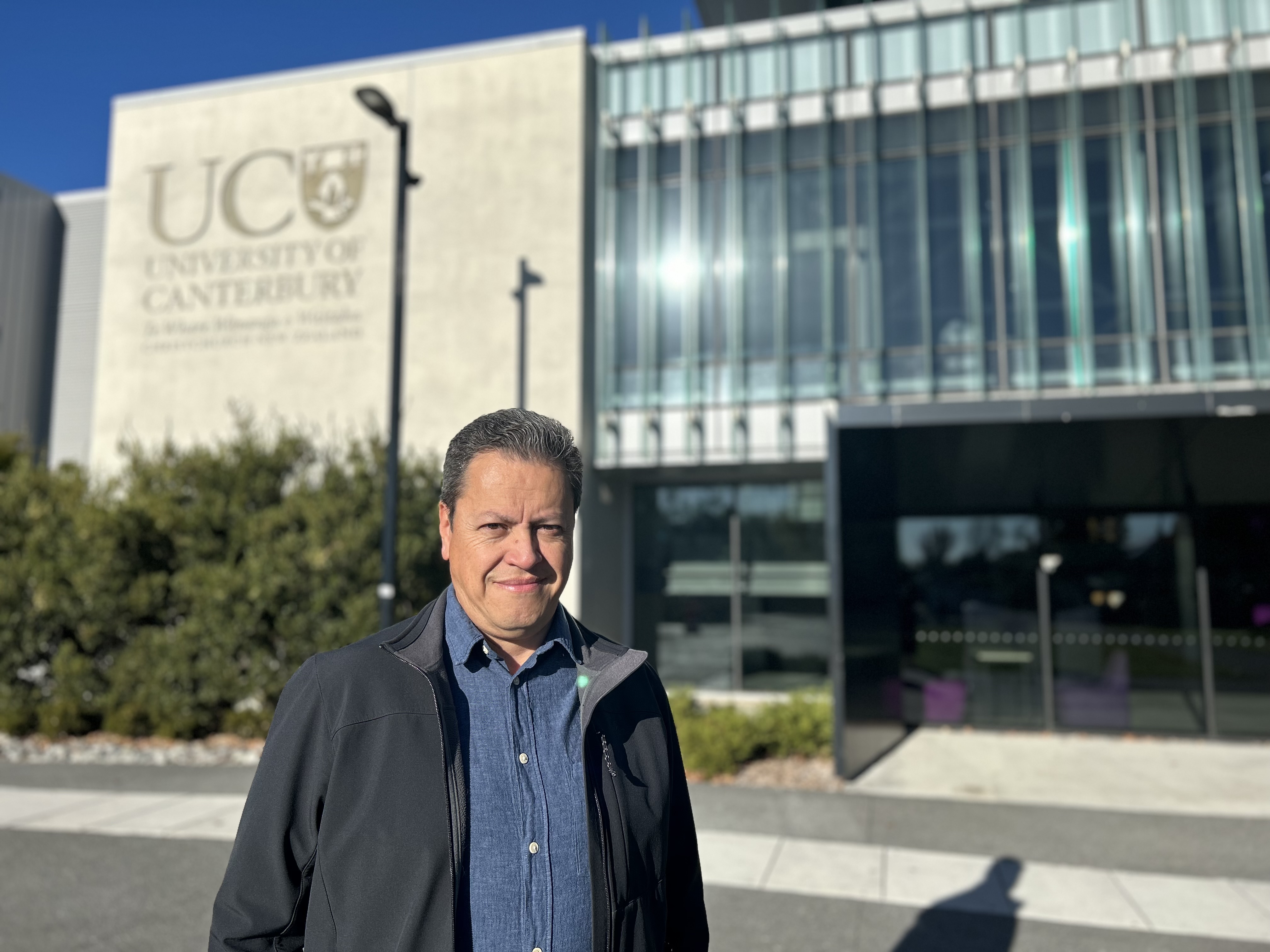The research by Te Whare W─ünanga o Waitaha | University of ┬▄└‗╔þ (UC) PhD student Madeline Furness and Associate Professor Ricardo Bello-Mendoza, in collaboration with Professor Rolando Chamy from Pontificia Universidad Cat├│lica de Valpara├¡so, Chile, examined two wastewater plants in Santiago, Chile, using the data to develop a modelling tool to improve benefits and minimise impacts in wastewater treatment.╠²
Associate Professor Ricardo Bello-Mendoza says the two ÔÇÿbiofactoriesÔÇÖ in Chile are a good example of how to make wastewater treatment more sustainable.╠²╠²
ÔÇ£Our research looks at wastewater sustainability from three pillars ÔÇô environmental, economic and social ÔÇô and the tools used to assess each of these, such as Life Cycle Costing and Social Life Cycle Assessments. It then combines the tools to develop a model we can use to identify and run different combinations of processes to find which ones are producing the best results in terms of reducing impacts to the environment, reducing costs, improving the benefits, and looking at social impacts.╠²╠²
ÔÇ£This is an industry that doesnÔÇÖt adapt quickly because it is expensive to invest in new technology. By using our modelling tool, we can improve the environmental performance and sustainability of wastewater plants without necessarily making big investments. For example, it can help make decisions around chemical inputs or process operation conditions that improve effluent quality while minimising negative impacts such as higher greenhouse gas emissions or toxicity.ÔÇØ╠²
The research also introduces the concept of a Wastewater Circular Economy approach (WW-CE), where wastewater is viewed as a potential source of resources.╠²
ÔÇ£Traditional wastewater treatment takes a linear approach where wastewater is treated to produce an effluent that is safe to be discharged into the environment and ocean. In a circular economy, we see wastewater not as a problem but more like a resource-recovery park through the recovery of treated water, biosolids, nutrients, bioenergy, and biomaterials. For example, nitrogen and phosphorus found in the water can be recovered and used in agriculture, and in some places, the treated water can be used in irrigation.╠²╠²
ÔÇ£In transitioning to WW-CEs, one of the biofactories we studied improved its overall sustainability by 30%, and the second plant improved by 48%. This approach has the potential to revolutionise global sanitation.ÔÇØ╠² ╠²
Associate Professor Bello-Mendoza says the next stage of this research is to adapt the tool to a New Zealand context and discuss the practical applications of this research with city councils.╠²
ÔÇ£The biofactories are good examples of processes that weÔÇÖre not yet using here in New Zealand. While there are some examples of attempts to recover resources ÔÇô for example, in Christchurch the biological sludge that is produced during wastewater treatment is converted into methane and used as a fuel to produce electricity for the plant, and in Auckland they are using recovered struvite as fertiliser ÔÇô there is significant potential for improvement.ÔÇØ╠²
This research was funded by the University of ┬▄└‗╔þ, the Pontifical Catholic University of Valparaiso, Chile, and ChileÔÇÖs National Agency for Research and Development. Fieldwork was conducted with the support of Aguas Andinas, Chile.╠²
Read more about Associate Professor Ricardo Bello-Mendoza's research ╠²╠²








